Recipients
2025: Michele Parrinello (ETH Zürich & IIT Genova)
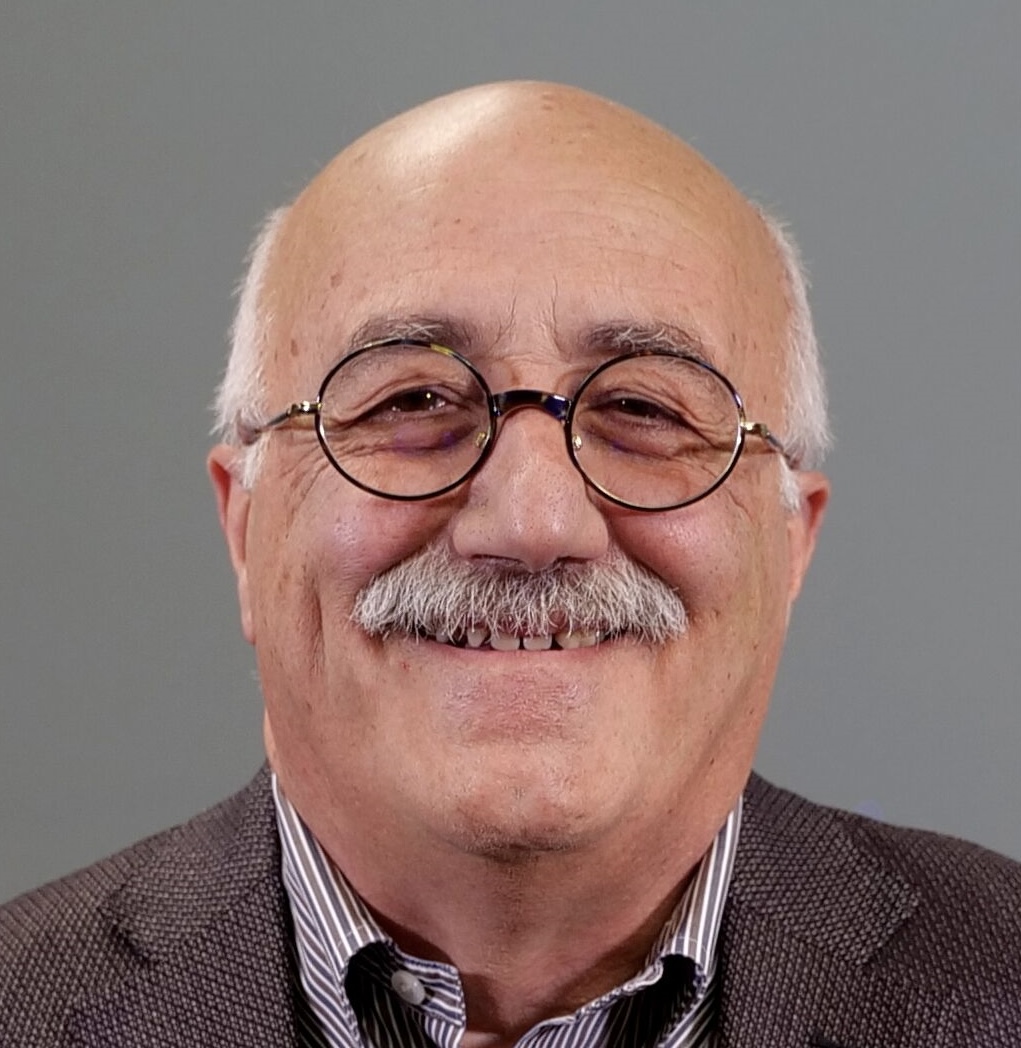
Prof. Michele Parrinello is honoured for his seminal contributions to computational science, particularly through the development of groundbreaking algorithms that have opened new frontiers in soft matter, biological, and condensed matter physics, as well as for applying these methods to solve important open problems. Among his most recent achievements are the advancement of metadynamics sampling techniques, which have revolutionized the study of complex free-energy landscapes—including those associated with protein conformational changes—and the pioneering integration of machine learning with molecular dynamics, a transformative leap that is redefining the frontiers of numerical simulations. He is also recognized for his efforts in promoting transparency and reproducibility in computational science.
More about Michele Parrinello's work
2024: Piotr T. Chruściel (U of Vienna)
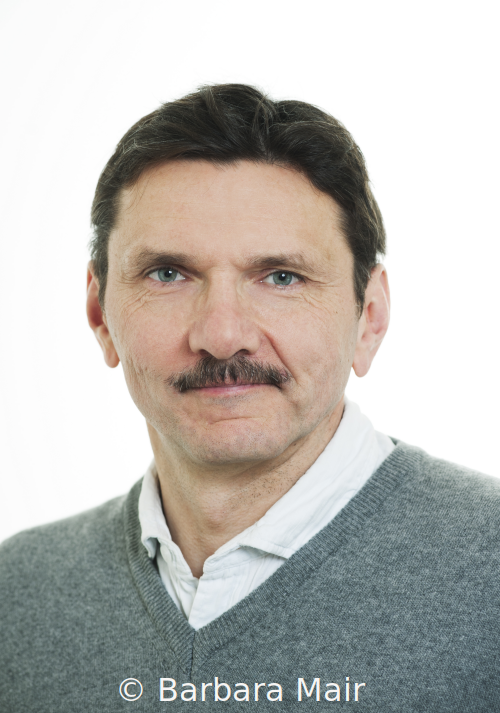
Professor Chruściel is honoured for his original and influential contributions to many areas in the field of Mathematical Relativity, including the mathematical description of black holes, the initial value problem for the Einstein equations, and aspects of current physical interest, like the influence of weak gravitational fields on the propagation of photonic states in dielectric wave-guides. He and his co-authors obtained deep new insights by combining sophisticated methods from differential geometry, topology and partial differential equations. Outstanding examples are Chruściel's work on the concept of mass, on the structure of initial data sets, as well as his seminal contributions to Lorentzian geometry of non-differentiable metrics.
More about Piotr T. Chruściel's work
2023: Isabelle Gallagher (ENS Paris)
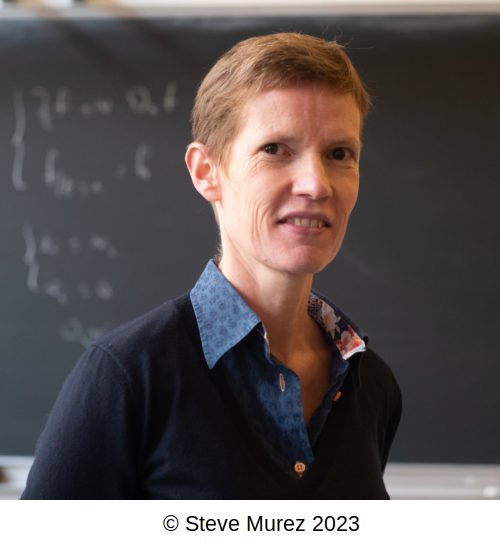
Professor Gallagher is honored for her numerous innovative and highly significant contributions to the mathematical theory of fluid dynamics. With rigorous mathematical analysis she has greatly advanced our understanding of the relationships between microscopic and macroscopic models of fluid. In particular, her work explains how the Boltzmann equation, which gives a statistical description of a gas, emerges from an atomic-level model of the gas as a vast collection of interacting particles moving and colliding according to Newton's laws.
More about Isabelle Gallagher's work
2022: Martin Hairer (Imperial College London)

Professor Hairer is honored for his groundbreaking work on stochastic partial differential equations (SPDEs). Physicists and mathematicians use SPDEs to describe physical systems which evolve in an environment permeated by randomness. However, for the modeling of some fundamental physical phenomena such as random interface growth, the mathematical tools developed over the past several centuries are insufficient to make sense of these singular, nonlinear, noise-driven equations, much less to solve them. In a remarkable breakthrough, Hairer's theory of regularity structures overcomes this barrier. It provides a powerful and coherent toolbox, which has already enabled the solution of several important SPDEs by him and his coauthors and which opens a pathway to new discoveries.
More about Martin Hairer's work
2021: Elliott Lieb (Princeton U)
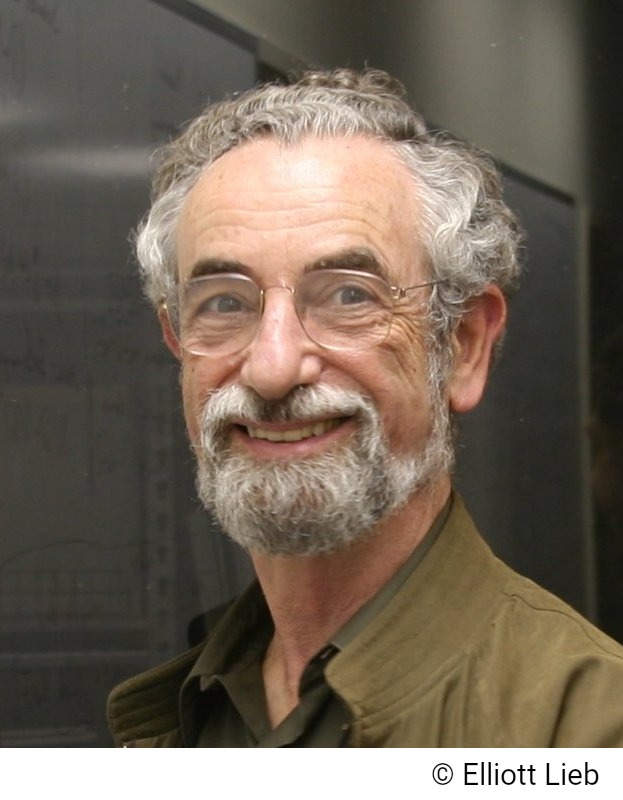
Professor Lieb is honoured for his deep and groundbreaking mathematical analysis of fundamental problems and models of many-body physics, foremost his works of recent years, which continue to be outstanding and inspiring to a new generation of mathematical physicists. Two highlights in the realm of Coulomb systems are a mathematically rigorous justification of the Local Density Approximation in Density Functional Theory, and a proof of the equivalence in the thermodynamic limit of three different definitions of the minimum energy of a homogeneous electron gas (joint work with M. Lewin and R. Seiringer).
More about Elliott Lieb's work
2020: Anton Alekseev (U of Geneva)
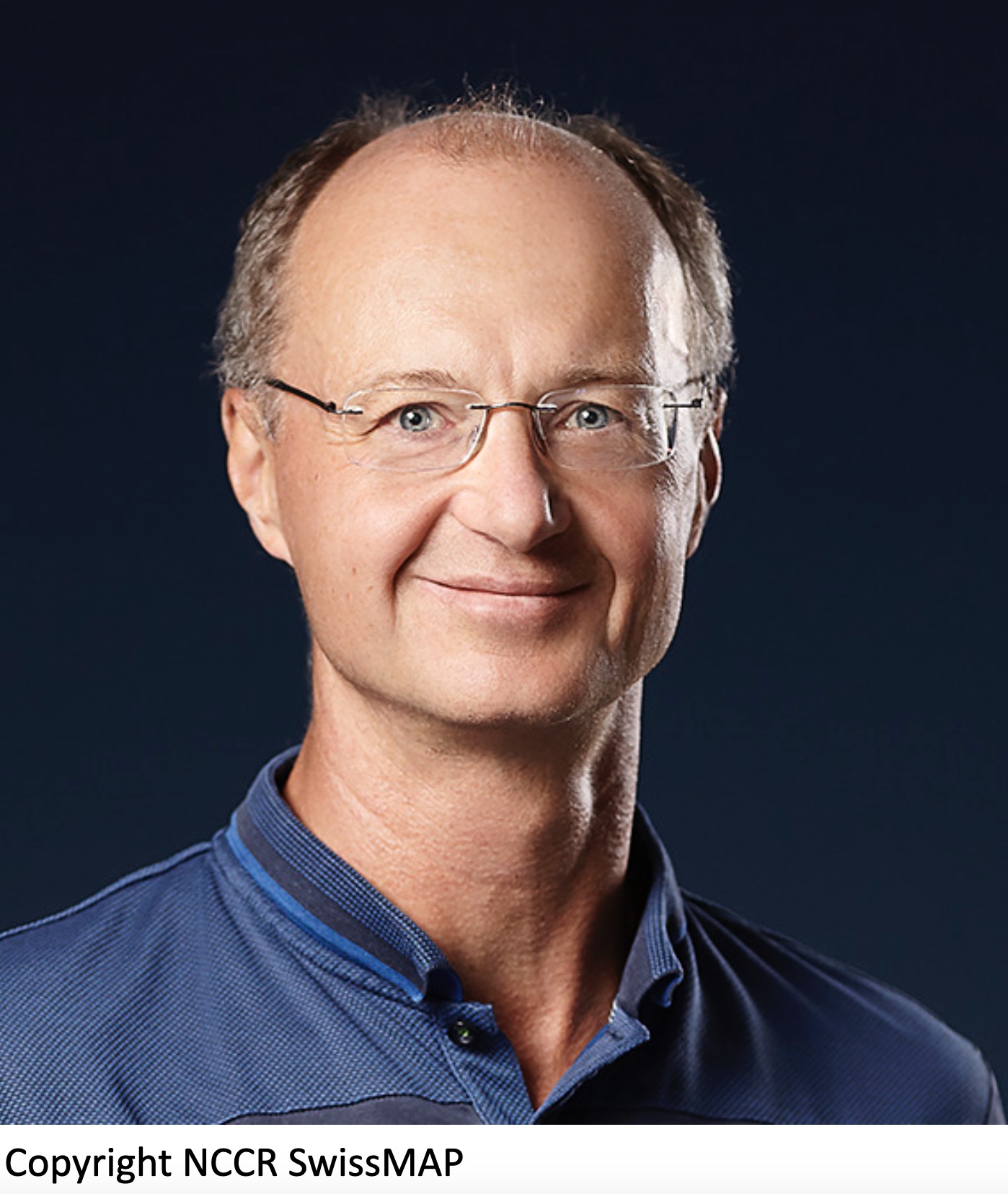
Professor Anton Alekseev is honored for his recent outstanding contributions to mathematics, in particular for the discovery of the link between the Grothendieck-Teichmüller group and the long-standing Kashiwara-Vergne problem in Lie theory, for the program of tropicalization of Poisson structures, and for the proof of the Goldman-Turaev formality in 2-dimensional topology. His work unites brilliant intuition, deep knowledge, and remarkable technical skills.